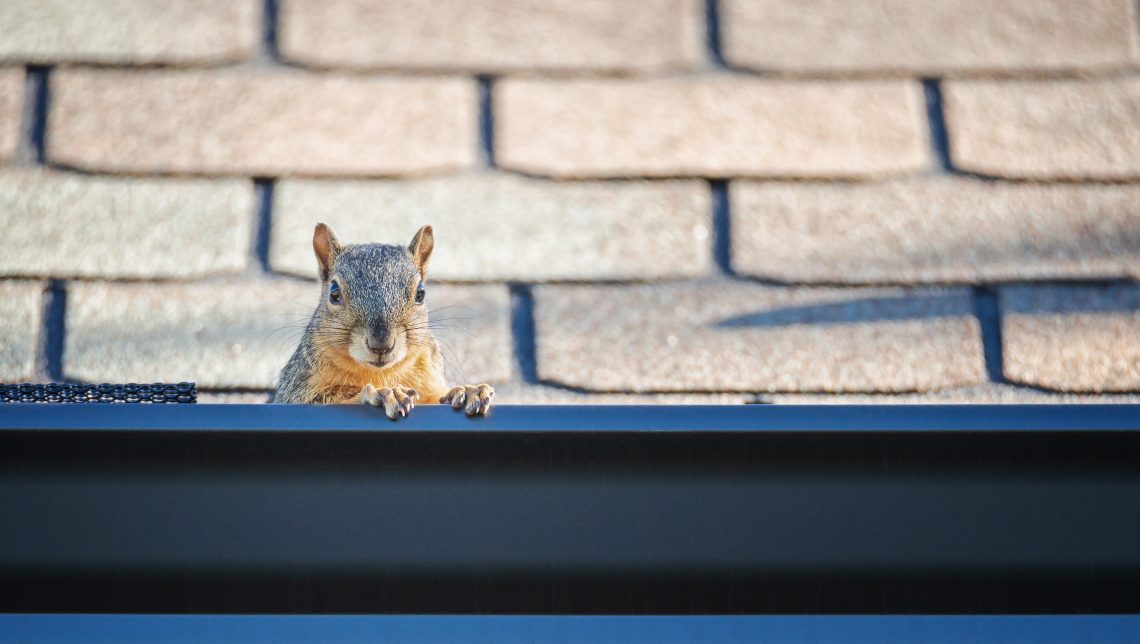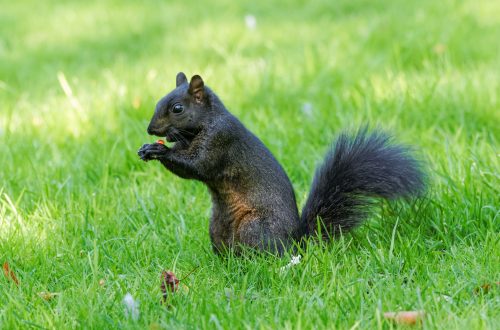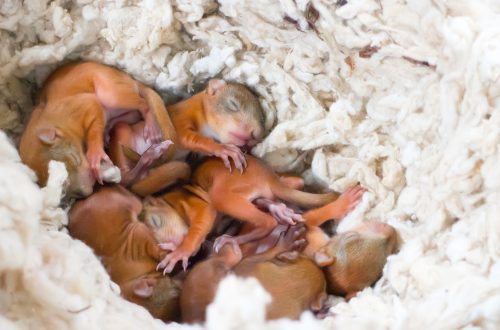
Can Squirrels Live in Attics
Squirrels can absolutely live in attics and this is quite common in cities and suburbs where there are many squirrels outside. Squirrels are resourceful creatures that will exploit any weaknesses they find on the roof to get indoors. An invasion into the attic however should certainly be avoided because squirrels carry diseases and risk causing serious damage. Squirrels have been known to chew on electrical wires, causing power outages and even fire. They will also create a mess of feces and urine within the insulation of the attic.
Squirrels are omnivorous rodents that feed primarily on seeds, nuts, buds, and berries. As rodents, they have teeth that never stop growing, so they are constantly chewing and gnawing to file them down. Unlike other rodents, however, squirrels are up during the day and asleep at night. Squirrels heads and bodies measure somewhere between 23 and 30cm in length, and weigh 300 to 600 grams. In Ontario, squirrels breed twice a year in early spring and summer. Female squirrels deliver litters of 2 to 5 babies each and raise them on their own. It is typically during mating season that females invade attics in search of a place to nest.
While squirrels naturally nest in trees, they will happily nest in attics because they are warm and relatively safe from predators. Like trees, attics are high above the ground, and within close proximity to the animals’ regular food sources. To get inside, squirrels will chew their way through roof vents, compromised soffits, holes in the roof, and gaps along the roof’s edge. Once inside, they will typically build their nests within the insulation where it is warm. Squirrels like to use one entrance to their nests, which they use to go in and out every day in search of food.
If you are interested in keeping squirrels out of the attic, examine your roof closely and make all necessary repairs. Squirrels will take advantage of any gaps they find on the roof and tear them open to get inside the attic. Check your roof’s edge closely as it can warp over time and separate from the framing of the house. To protect your roof vents and chimneys, cover them with a galvanized steel mesh. A professional pest remover can do this for you along with a thorough inspection. You can also reduce your chances of an invasion by removing bird feeders and fallen fruit from the yard. Protect your vegetable patch with row covers and use tightly lidded garbage cans.




